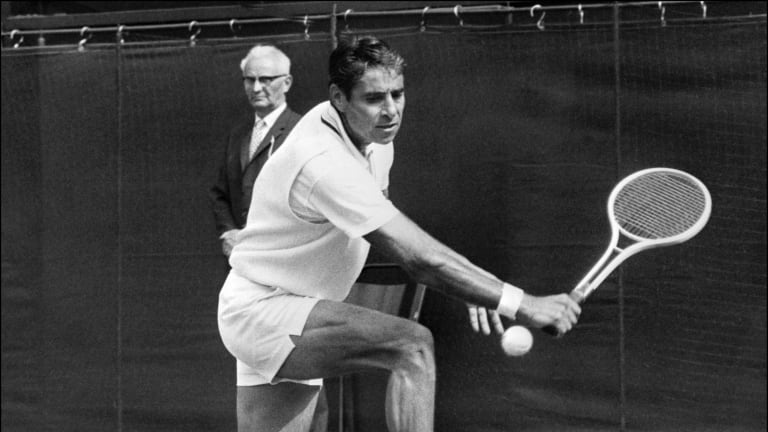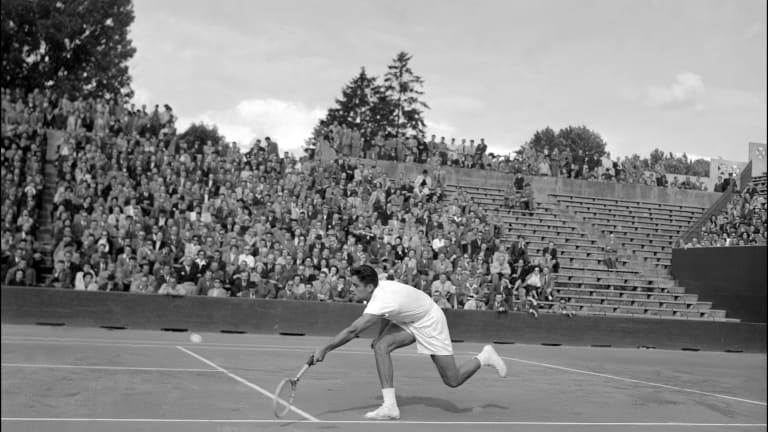Pressure Points
Pancho Gonzales: The Man to Play for the Earth
By Jan 12, 2022Pressure Points
Monica Seles: The Woman to Play for the Earth
By Jan 12, 2022Pressure Points
Pressure Points: Inside the toughest matches for Serena, Federer, Nadal, Osaka and Djokovic
By Jan 12, 2022The Business of Tennis
Garbiñe Muguruza returns to Madrid as co-tournament director
By Dec 13, 2025Social
Alexandra Eala carries flag for Philippines at 2025 SEA Games
By Dec 12, 20252025 Year In Review
Victoria Mboko and Janice Tjen among players honored by ITF for 2025 breakthroughs
By Dec 12, 20252025 Year In Review
WTA Match of the Year, No. 1: Amanda Anisimova comes of age in Aryna Sabalenka Wimbledon stunner
By Dec 12, 20252025 Year In Review
WTA Match of the Year, No. 2: Victoria Mboko escaped Elena Rybakina, and drove her home fans berserk, in Montreal Cinderella run
By Dec 12, 2025Player News
Retired Rafael Nadal jokingly "withdraws" from 2026 Australian Open after right hand surgery
By Dec 12, 20252025 Year In Review
WTA Player of the Year, No. 1: Aryna Sabalenka
By Dec 12, 2025Pancho Gonzales: The Man to Play for the Earth
In part one of an out-of-this-world, pressure-packed tale—one man and one woman to play for the fate of the planet—an American legend is called up to serve.
Published Jan 12, 2022
Advertising
Advertising

Pancho Gonzales was inducted into the International Tennis Hall of Fame in 1968.
© AFP via Getty Images
Advertising
Advertising

Gonzales won 14 major singles titles, including two U.S. National Singles Championships in 1948 and 1949.
© AFP via Getty Images